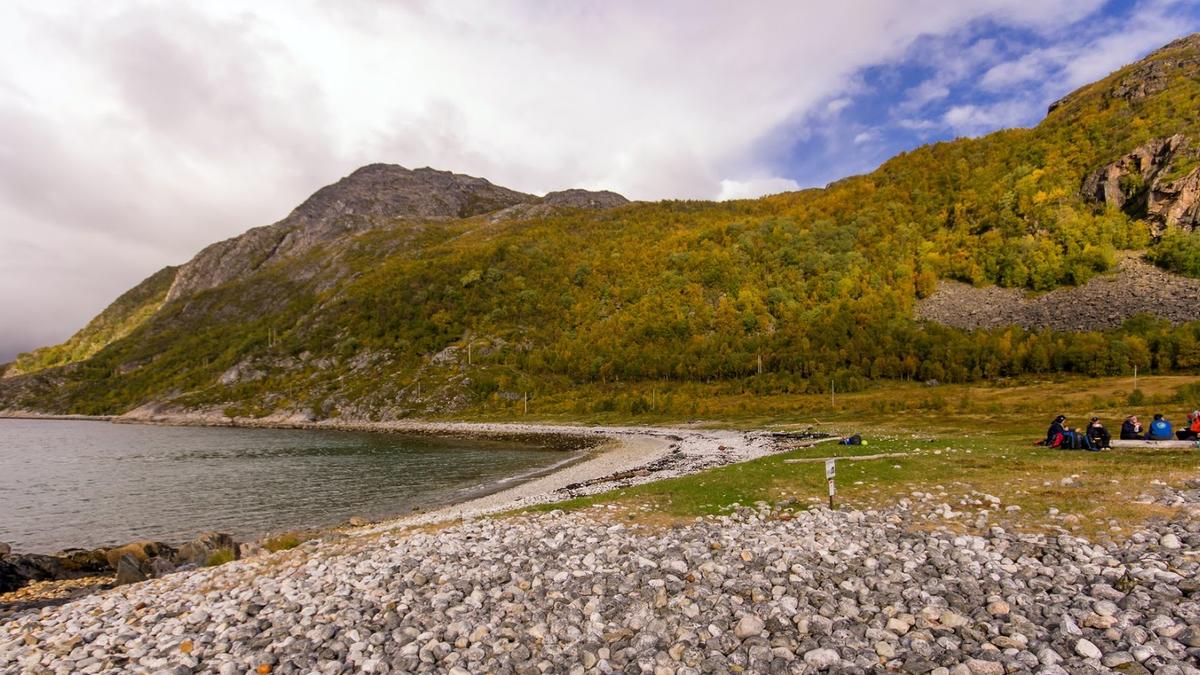The report from the study on OSPAR beaches, conducted by SALT, is now available.

OSPAR is an abbreviation of the Oslo-Paris Convention on the preservation of the marine environment in the Northeast Atlantic Ocean. One of the measures focuses on the monitoring of beach litter using the OSPAR method, which involves counting and removing all litter from the same 100-metre section of a selected beach. The litter is subsequently recorded in 112 different categories. There are currently a total of seven OSPAR beaches in Norway.
The SALT report provides an overview of the current monitoring of OSPAR beaches in Norway and looks at the potential and possibilities of increasing the number of OSPAR beaches in Norway. The study also looked at a potential increase in the number of yearly records of litter at the beaches.
SALT has described four different alternatives for increasing the number of OSPAR beaches in Norway. They recommend establishing a complete monitoring programme as the preferred alternative, which would also cover the identified need for the monitoring of beach litter on a national scale.
SALT has written the report on behalf of the Norwegian Centre for Oil Spill Preparedness and Marine Environment.

